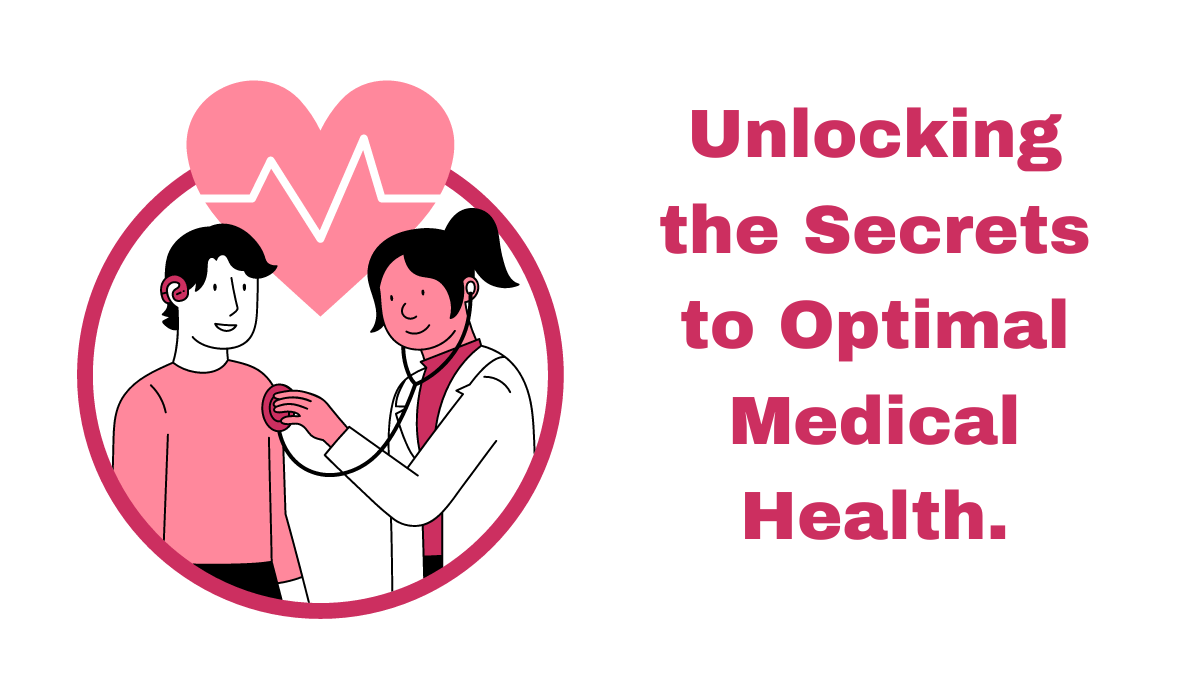As the seasons change and the days grow shorter, many people experience changes in their mood and energy levels. For some, these changes can be more than just a case of the “winter blues” – they may be symptoms of Seasonal Affective Disorder (SAD). In this guide, we’ll explore what SAD is, its symptoms, and practical tips for managing it.
What Is Seasonal Affective Disorder (SAD)?
Seasonal Affective Disorder, or SAD, is a type of depression that occurs at a specific time of year, usually during the fall and winter months when daylight hours are shorter. It is thought to be related to changes in sunlight exposure, which can disrupt the body’s internal clock and lead to a drop in serotonin levels – a neurotransmitter that affects mood.
Symptoms of SAD
The symptoms of SAD can vary from person to person but often include:
- Feeling depressed most of the day, nearly every day
- Losing interest in activities you once enjoyed
- Having low energy or feeling sluggish
- Having problems with sleeping, such as insomnia or oversleeping
- Experiencing changes in appetite or weight
- Feeling agitated or irritable
- Having difficulty concentrating
Managing SAD
While SAD can be challenging, there are several strategies you can try to help manage your symptoms and improve your mood:
- Light Therapy: Light therapy, also known as phototherapy, involves sitting in front of a light box that emits bright light that mimics natural sunlight. This can help regulate your body’s internal clock and improve your mood.
- Spending Time Outdoors: Getting outside during daylight hours, even on cloudy days, can help increase your exposure to natural light and improve your mood. Try to take a walk or spend time in nature whenever possible.
- Exercise Regularly: Physical activity has been shown to improve mood and reduce symptoms of depression. Aim for at least 30 minutes of moderate exercise most days of the week.
- Maintain a Regular Sleep Schedule: Try to go to bed and wake up at the same time every day, even on weekends. This can help regulate your body’s internal clock and improve your sleep quality.
- Eat a Healthy Diet: Eating a balanced diet rich in fruits, vegetables, whole grains, and lean proteins can help support your overall health and improve your mood.
- Stay Connected: Maintain social connections with friends and family members, even if it’s through virtual means. Social support can help reduce feelings of isolation and improve your mood.
- Consider Professional Help: If your symptoms are severe or are interfering with your daily life, consider seeking help from a mental health professional. They can provide you with additional support and treatment options, such as counseling or medication.
Conclusion
Seasonal Affective Disorder is a real and treatable condition that affects many people during the fall and winter months. By understanding the symptoms of SAD and implementing strategies to manage it, you can improve your mood and overall well-being. If you or someone you know is struggling with SAD, don’t hesitate to seek help from a healthcare professional.





